Smart toilets are a marvel of modern technology, bringing convenience and luxury to our bathrooms. However, like any other appliance, they are not immune to water damage.
Understanding how to prevent water damage in your smart toilet is crucial. It ensures the longevity of your device and saves you from costly repairs or replacements.
In this guide, we will explore best practices for protecting your smart toilet from water damage. We will focus on the black smart toilet and Wellfor models, providing actionable tips and insights.
Whether you're a homeowner, a tech enthusiast, or a bathroom remodeler, this guide will equip you with the knowledge you need to maintain your smart toilet effectively.
Understanding Smart Toilet Technology and Water Damage Risks
Smart toilets are a blend of advanced technology and traditional plumbing. They offer features like automatic flushing, heated seats, and bidet functions. However, these features also make them more susceptible to water damage.
Water damage in smart toilets can occur due to various reasons. It could be due to faulty installation, poor maintenance, or even user behavior. Understanding these risks is the first step towards prevention.
One common cause of water damage is leaks. Leaks can occur in the water supply line or from the toilet tank. These leaks can damage the electronic components of the smart toilet.
Another risk is humidity. Bathrooms are naturally humid places, and excessive moisture can harm the electronic parts of your smart toilet. Proper ventilation is crucial to mitigate this risk.
Lastly, hard water can also cause damage. Mineral buildup from hard water can affect the functioning of your smart toilet and lead to leaks or blockages. Regular cleaning and use of water softeners can help prevent this.
Common Causes of Water Damage in Smart Toilets
Water damage in smart toilets can occur due to a variety of reasons. It's important to understand these causes to effectively prevent them.
Leaks are a common cause of water damage. They can occur in the water supply line, from the toilet tank, or even from the toilet bowl. These leaks can damage the electronic components of the smart toilet and lead to costly repairs.
Another common cause is humidity. Bathrooms are naturally humid places, and excessive moisture can harm the electronic parts of your smart toilet. Proper ventilation is crucial to mitigate this risk.
Here are some common causes of water damage in smart toilets:
-
Leaks from the water supply line, toilet tank, or toilet bowl
-
High humidity levels in the bathroom
-
Mineral buildup from hard water
-
Faulty installation or poor maintenance
-
Accidental spills or overflows
The Benefits of a Black Smart Toilet: Design and Maintenance
A black smart toilet can be a stylish addition to your bathroom. Its sleek design can complement a modern aesthetic and make a bold statement.
But the benefits of a black smart toilet extend beyond its visual appeal. The dark color can make residues and mineral buildup more visible. This can help you spot potential issues early and take action before they lead to water damage.
Maintenance is also crucial for preventing water damage. With a black smart toilet, regular cleaning can be more effective as you can easily see areas that need attention.
Remember, a well-maintained smart toilet is less likely to suffer from water damage. So, whether you choose a black smart toilet for its design or maintenance benefits, it's a smart choice.
Wellfor Smart Toilets: Combining Style and Durability

Wellfor is a brand known for its innovative smart toilets. They offer a blend of style, functionality, and durability that makes them a popular choice among homeowners.
One of the key features of Wellfor smart toilets is their robust construction. They are designed to withstand the rigors of daily use and resist water damage.
Moreover, Wellfor smart toilets come with advanced features that can help prevent water damage. These include automatic flush systems and leak detection sensors.
In conclusion, a Wellfor smart toilet is not just a stylish addition to your bathroom, but also a reliable ally in preventing water damage.
Installation Best Practices to Prevent Water Damage
Proper installation is crucial in preventing water damage in smart toilets. It's not just about connecting the pipes correctly.
The use of high-quality water supply lines is essential. They are less likely to leak or burst, causing water damage.
The role of water pressure should not be overlooked. Too high can cause leaks, while too low can affect the toilet's functionality.
Professional installation is highly recommended. A plumber can ensure that the toilet is installed correctly and securely.
In conclusion, proper installation is a proactive step towards preventing water damage in your smart toilet.
Regular Maintenance: The Key to Longevity
Regular maintenance is the key to extending the lifespan of your smart toilet. It's not just about keeping it clean.
A maintenance routine should include checking for leaks. Look for signs of water around the base of the toilet.
It's also important to monitor the water pressure. Too high or too low can cause problems.
Here are some maintenance tasks to consider:
-
Regularly check the water supply lines
-
Monitor the water pressure
-
Clean the toilet regularly with suitable cleaning products
-
Check for signs of wear and tear on toilet components
In conclusion, regular maintenance can help prevent water damage and extend the lifespan of your smart toilet.
Early Detection: Signs of Water Damage and Leak Prevention
Early detection of water damage is crucial. It can save you from costly repairs.
Look for signs of water around the toilet. This could indicate a leak.
Also, check for discoloration on the floor or walls. This could be a sign of water damage.
Listen for unusual sounds. A running water sound could mean a leak.
Finally, monitor your water bill. A sudden increase could indicate a leak.
In conclusion, early detection and leak prevention are key in protecting your smart toilet from water damage.
Smart Features That Enhance Water Damage Prevention
Smart toilets come with features that can help prevent water damage. One such feature is the automatic shut-off.
This feature turns off the water supply when a leak is detected. It can save you from a potential disaster.
Another feature is the water sensor. It alerts you when there's an overflow or leak.
Some smart toilets also have self-cleaning features. These can prevent mineral buildup and clogs.
In conclusion, smart features in toilets can greatly enhance water damage prevention.
Emergency Response: What to Do When Water Damage Occurs
When water damage occurs, immediate action is crucial. The first step is to shut off the water supply.
Next, assess the extent of the damage. Look for signs of leaks or overflows.
If the damage is severe, contact a professional plumber. They can help fix the issue and prevent further damage.
Remember to document the damage for insurance purposes. Take photos and keep a record of all repairs.
In conclusion, a swift and effective response can minimize the impact of water damage. It's important to act quickly and responsibly.
Final Thought: Embracing Smart Toilet Technology Responsibly
Smart toilets offer a wealth of benefits, but they require responsible use and maintenance. By following the best practices outlined in this guide, you can prevent water damage and extend the lifespan of your device.
Remember, the key to maintaining a smart toilet is regular inspection, proper installation, and prompt response to any signs of water damage. Embrace the technology, but do so responsibly.



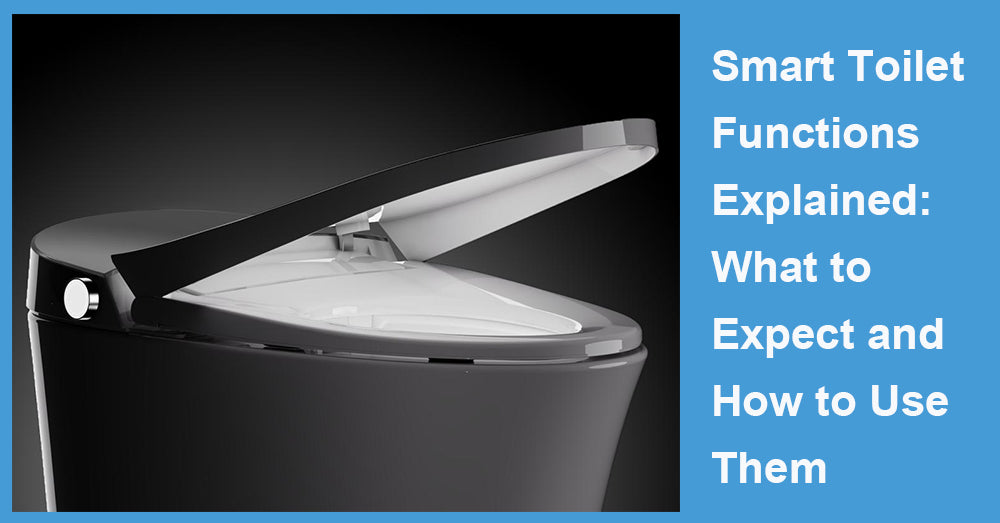
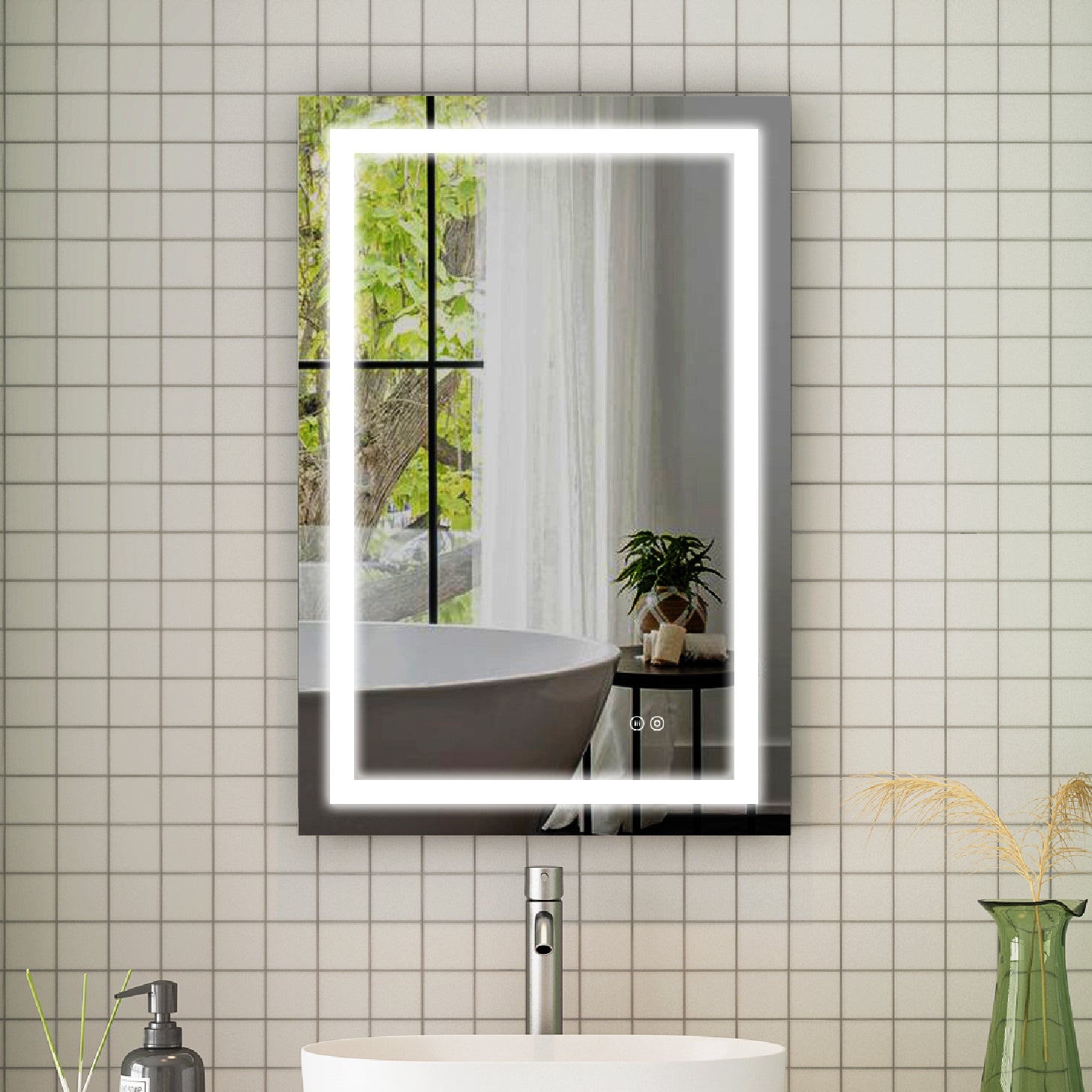

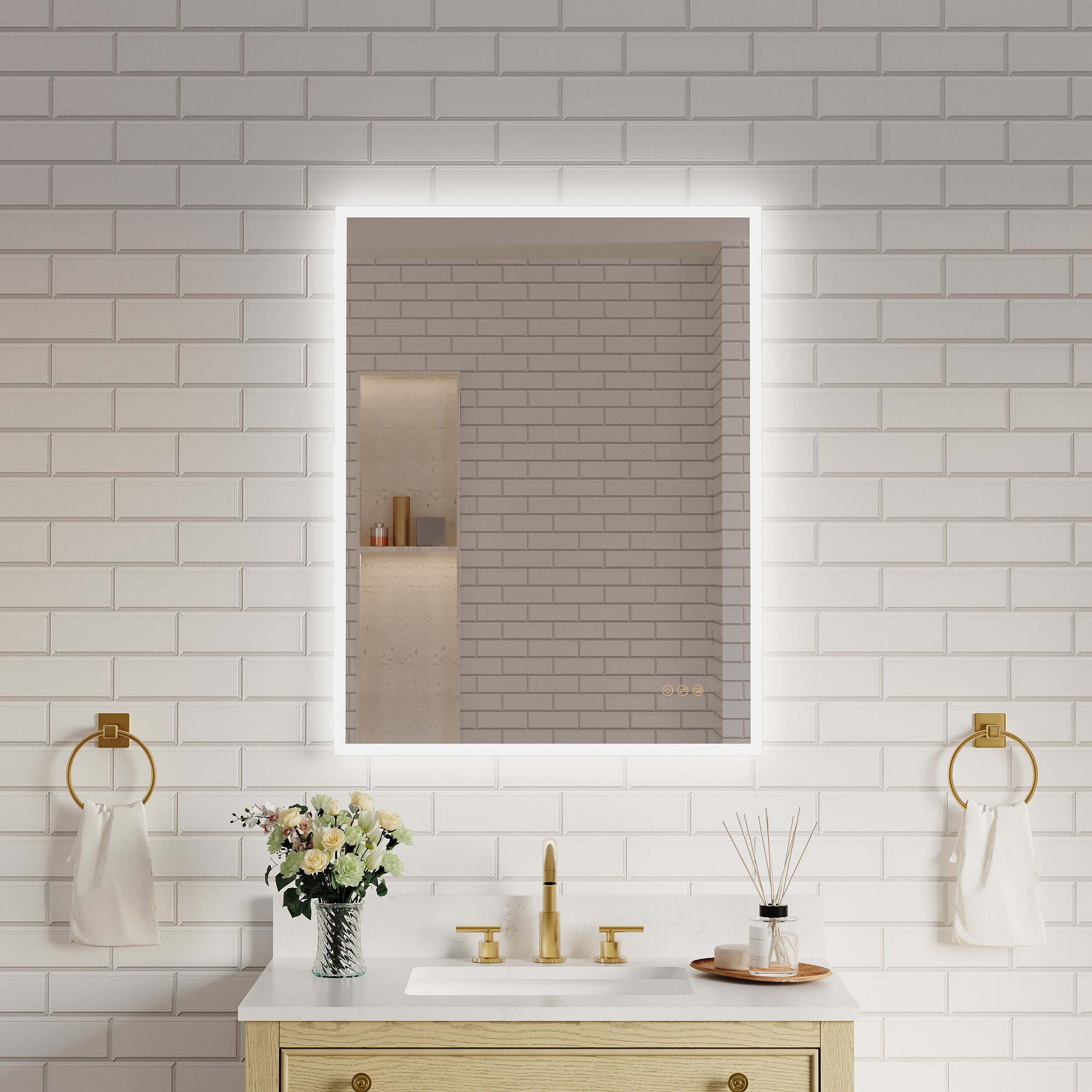


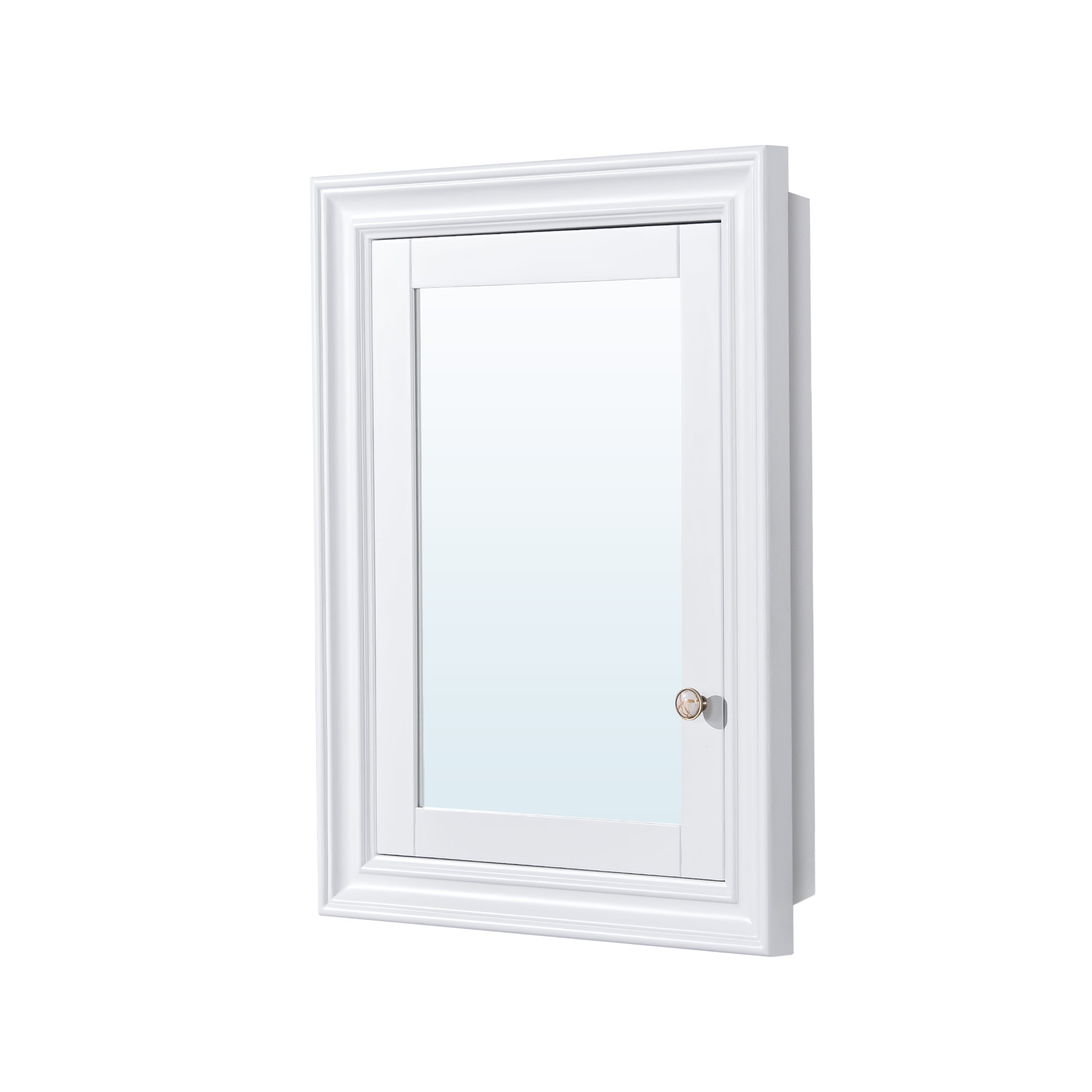
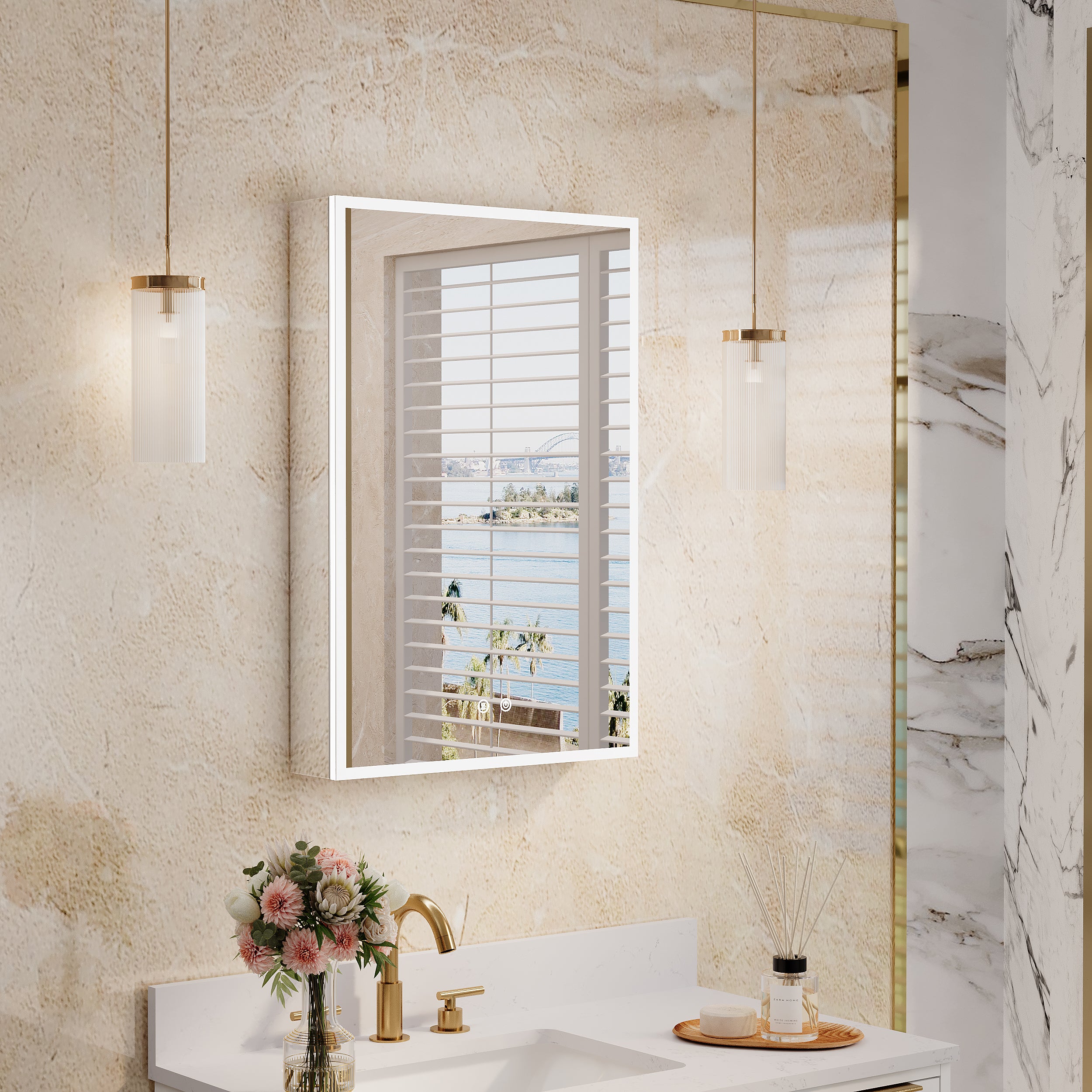
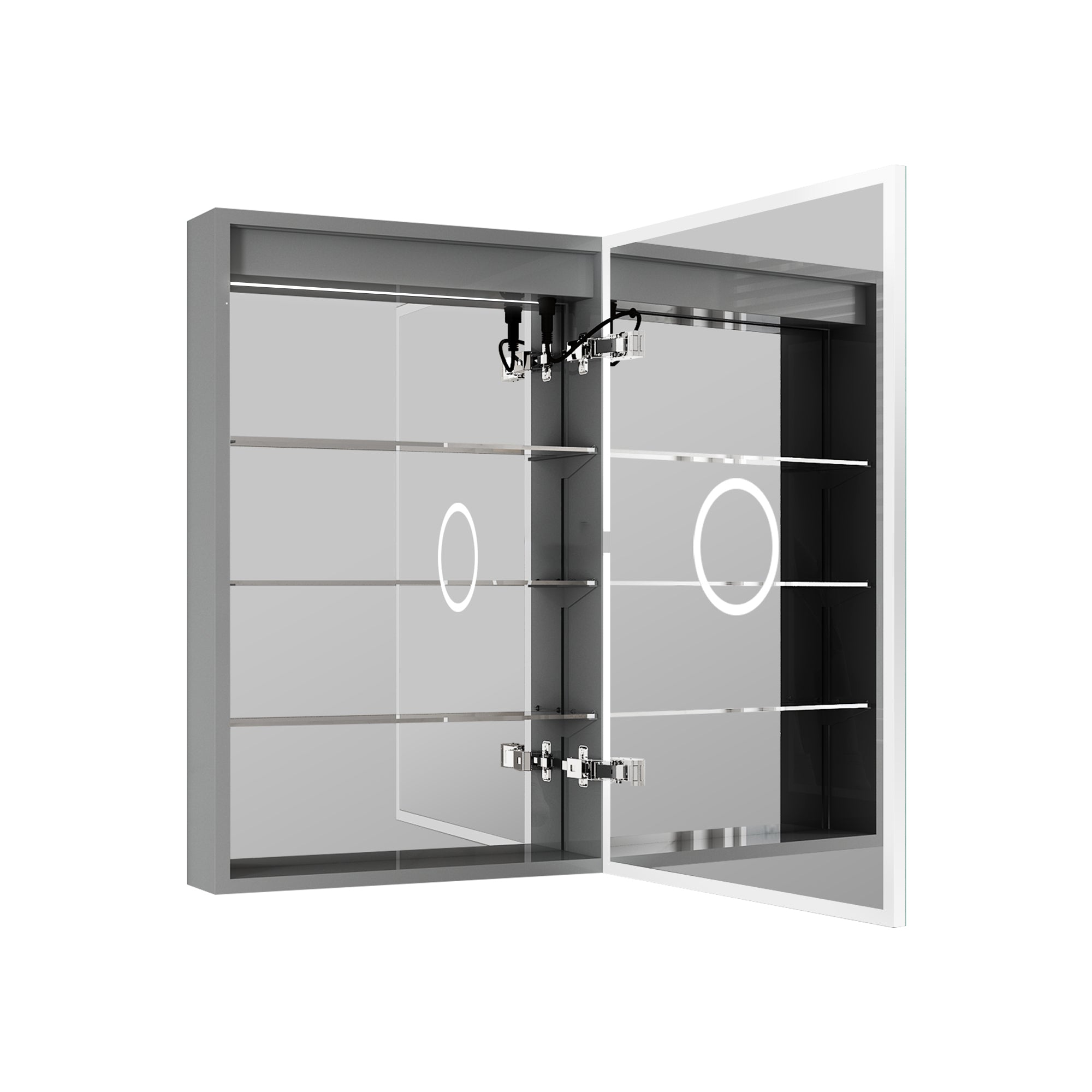
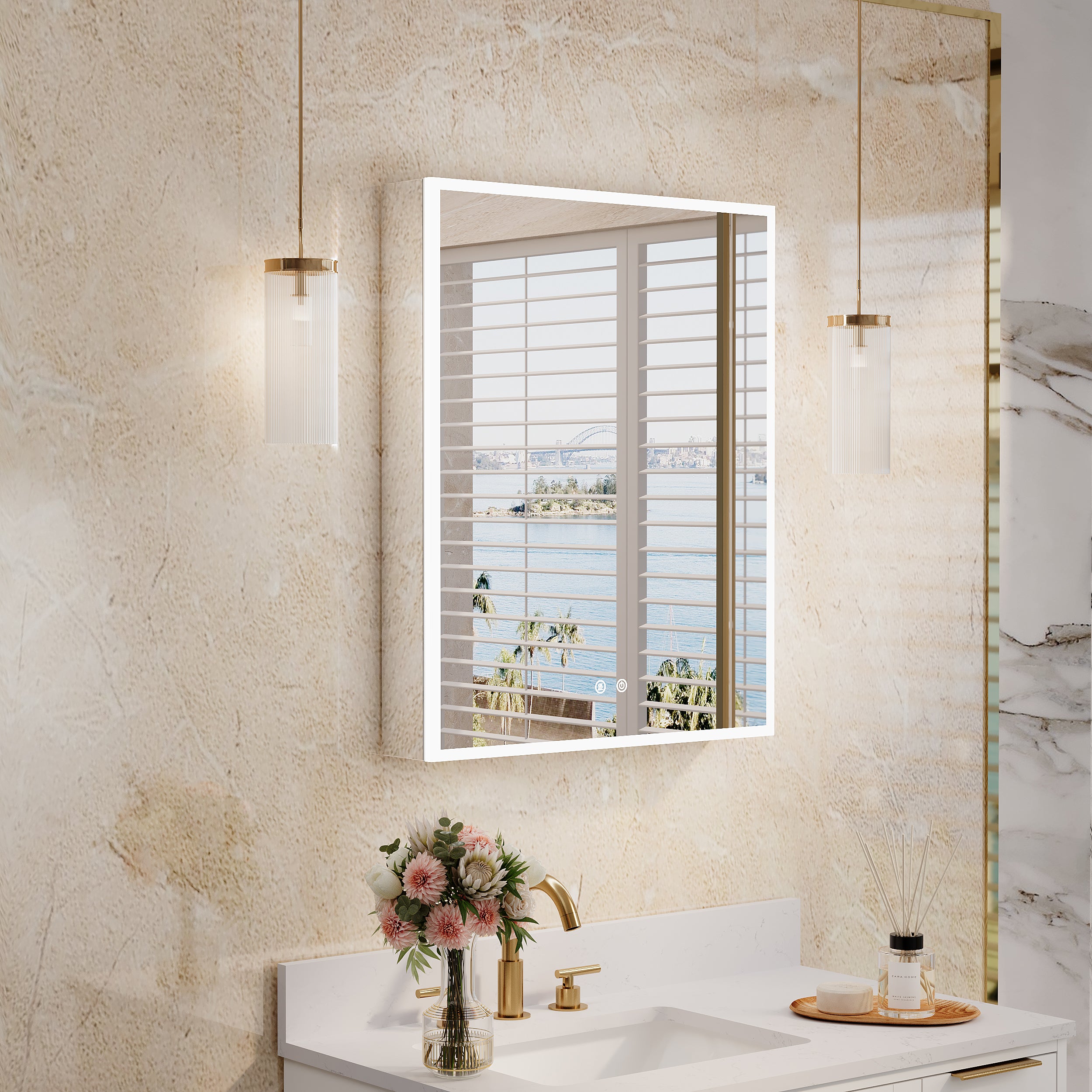
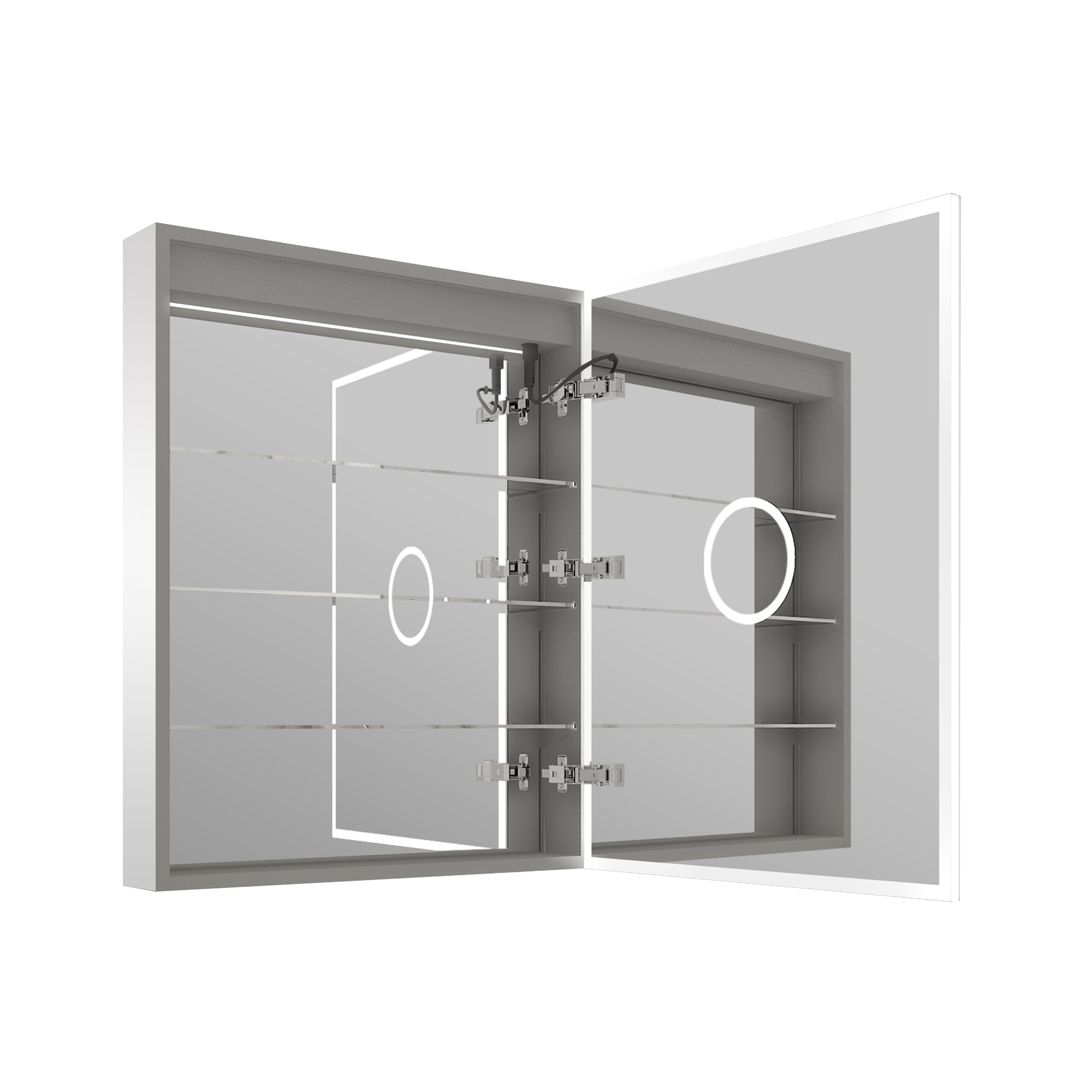


Leave a comment
This site is protected by hCaptcha and the hCaptcha Privacy Policy and Terms of Service apply.